Alaska’s wilderness is breathtaking, but it comes with some serious challenges. When you’re dealing with grizzly bears that can weigh over 800 pounds, having the right canine companion isn’t just about loyalty – it’s about survival. While most people think bigger is automatically better when it comes to bear deterrence, the reality is far more nuanced and frankly, quite surprising.
Some of Alaska’s most experienced outdoorsmen swear by dogs that most city folks would consider “too small” for the job. These aren’t your typical lap dogs though – they’re fearless warriors with centuries of selective breeding behind them, designed specifically to face down predators that could crush them in seconds. The secret isn’t always size; it’s attitude, intelligence, and that indefinable quality we call “bear sense.”
The Karelian Bear Dog: Finland’s Ultimate Bear Whisperer
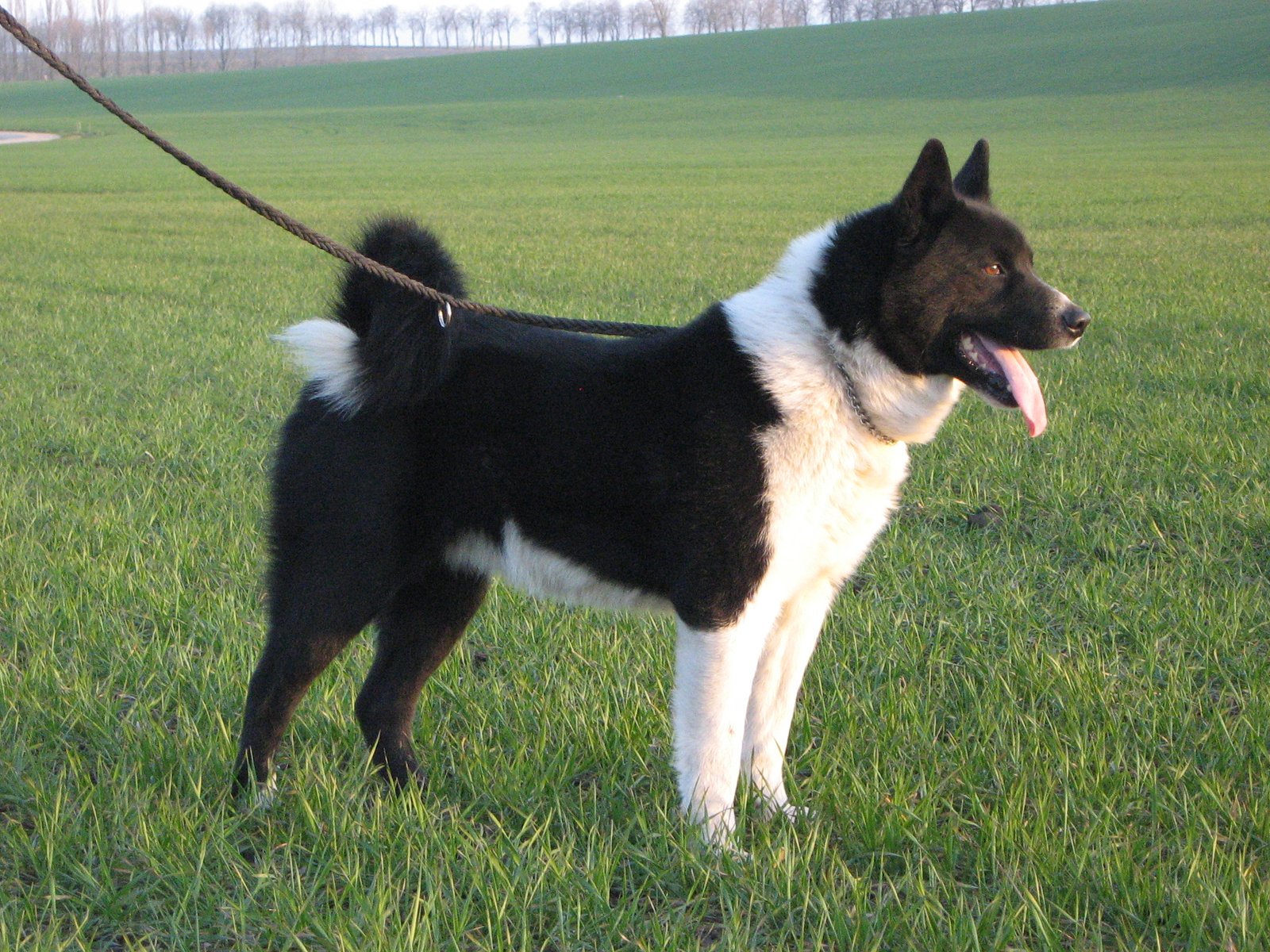
Like the Norwegian Elkhound, the Karelian Bear Dog was also used in hunting moose, lynx, wolf and, as its name would suggest, hunting the Eurasian brown bear. In hunting bear, at least a pair of Bear Dogs would be used to harry the animal, barking loudly, in order to distract the bear while the human hunter came in for the kill. These dogs aren’t just barkers – they’re strategic thinkers with an almost supernatural understanding of bear psychology.
Karelian Bear Dogs were introduced in 2004 in Karuizawa, Japan, a popular resort town 170 km northwest of Tokyo, where they reduced the number of bear incidents from 255 in 2006 to four in 2017. That’s not just impressive – that’s life-changing for entire communities living in bear country. One KBD is the best investment in bear protection you could make… It took our KBD a couple of years to get the bears in our area trained but now we rarely see any bear sign around the house.
Alaskan Malamute: The Arctic Powerhouse
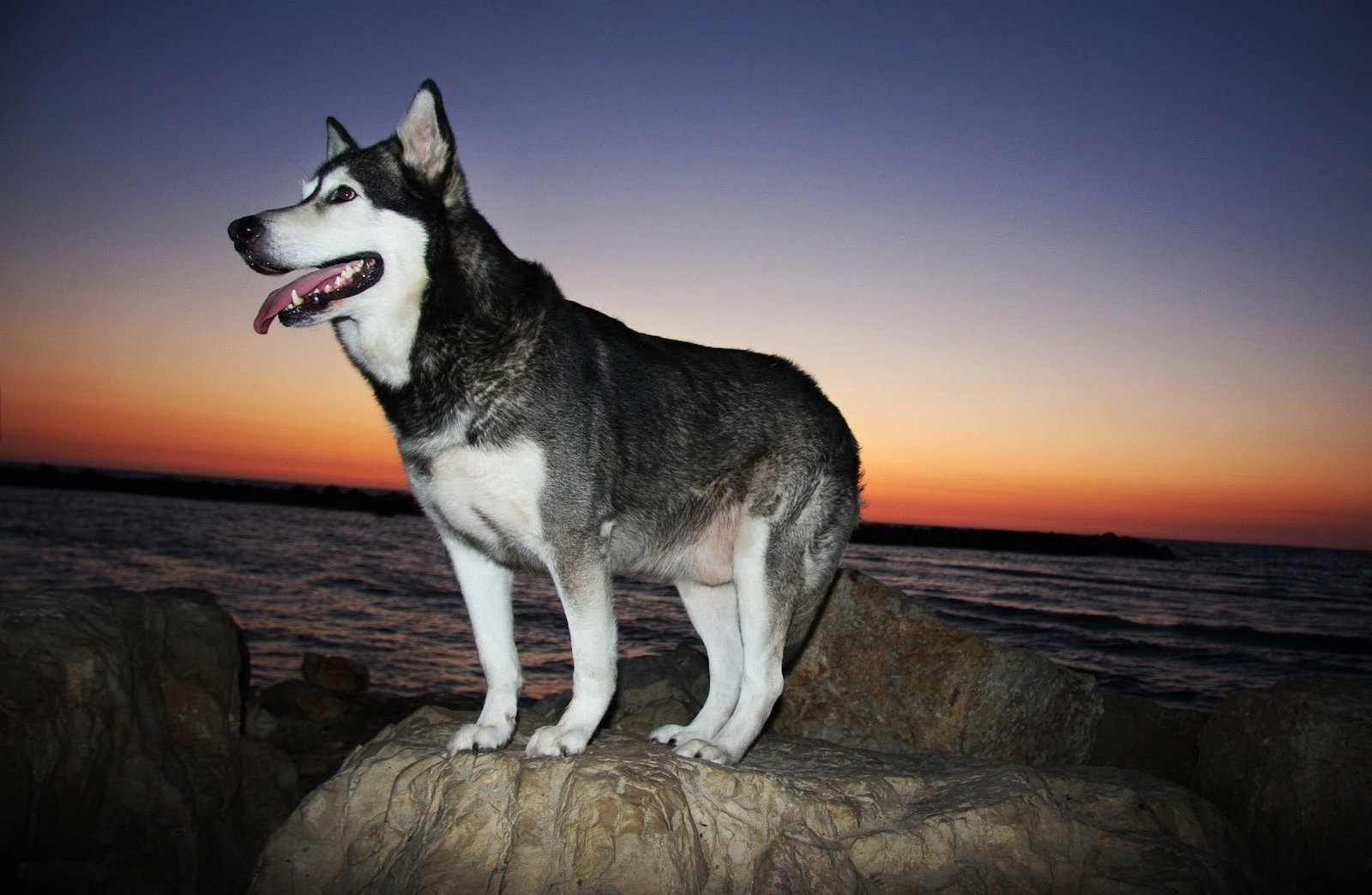
The malamute is a powerful dog, towering over two feet tall and weighing up to 80 pounds… In the past, they were employed for hunting seals and polar bears. These aren’t just sled dogs – they’re legitimate predator deterrents with the muscle and mindset to back up their intimidating presence. Their thick coat provides natural armor against claws, while their pack mentality makes them incredibly protective of their human family.
Alaskan Malamutes are big dogs. Not just in size, but in energy, determination, and loyalty. These are dogs that don’t run from a fight when it comes to protecting their pack. When a 600-pound grizzly encounters an 80-pound Malamute that refuses to back down, the bear often decides the confrontation isn’t worth the trouble. It’s like meeting someone half your size who clearly doesn’t care about the size difference – suddenly you’re the one feeling nervous.
Tibetan Mastiff: The Mountain Monastery Guardian
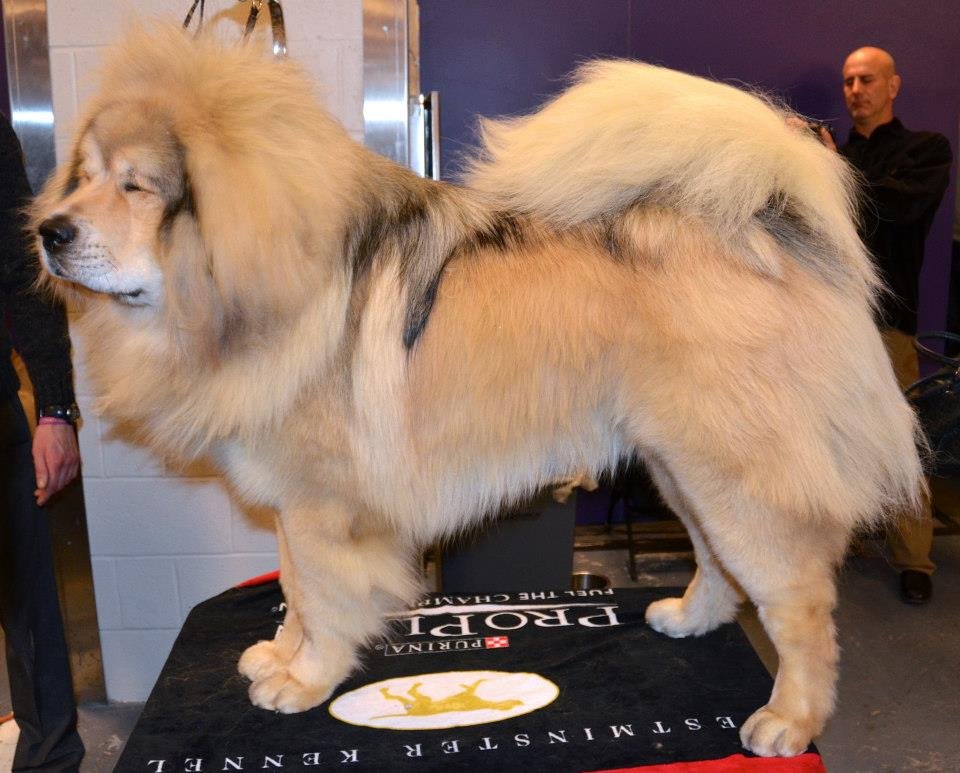
Originally these dogs were used to protect Buddhist monasteries and monks of Tibet from animals such as bears, wolves and snow leopards. When your job description includes “stare down snow leopards,” you know you’re dealing with a serious animal. According to the American Kennel Club, male Tibetan Mastiffs have a weight of 40-70 kg (90-150 lbs) while females are 30-55 kg (70-120 lbs).
The Tibetan Mastiff is a breed born from the mountains and built for defense… These dogs weren’t bred to please – they were bred to guard, often patrolling the harsh Himalayan landscapes to keep flocks and monasteries safe from all manner of wild intruders. Their thick double coat acts like medieval chain mail, and their deep, booming bark can be heard for miles – often enough to convince bears that whatever they’re after isn’t worth the hassle.
Caucasian Shepherd Dog: The Russian Bear Wrestler
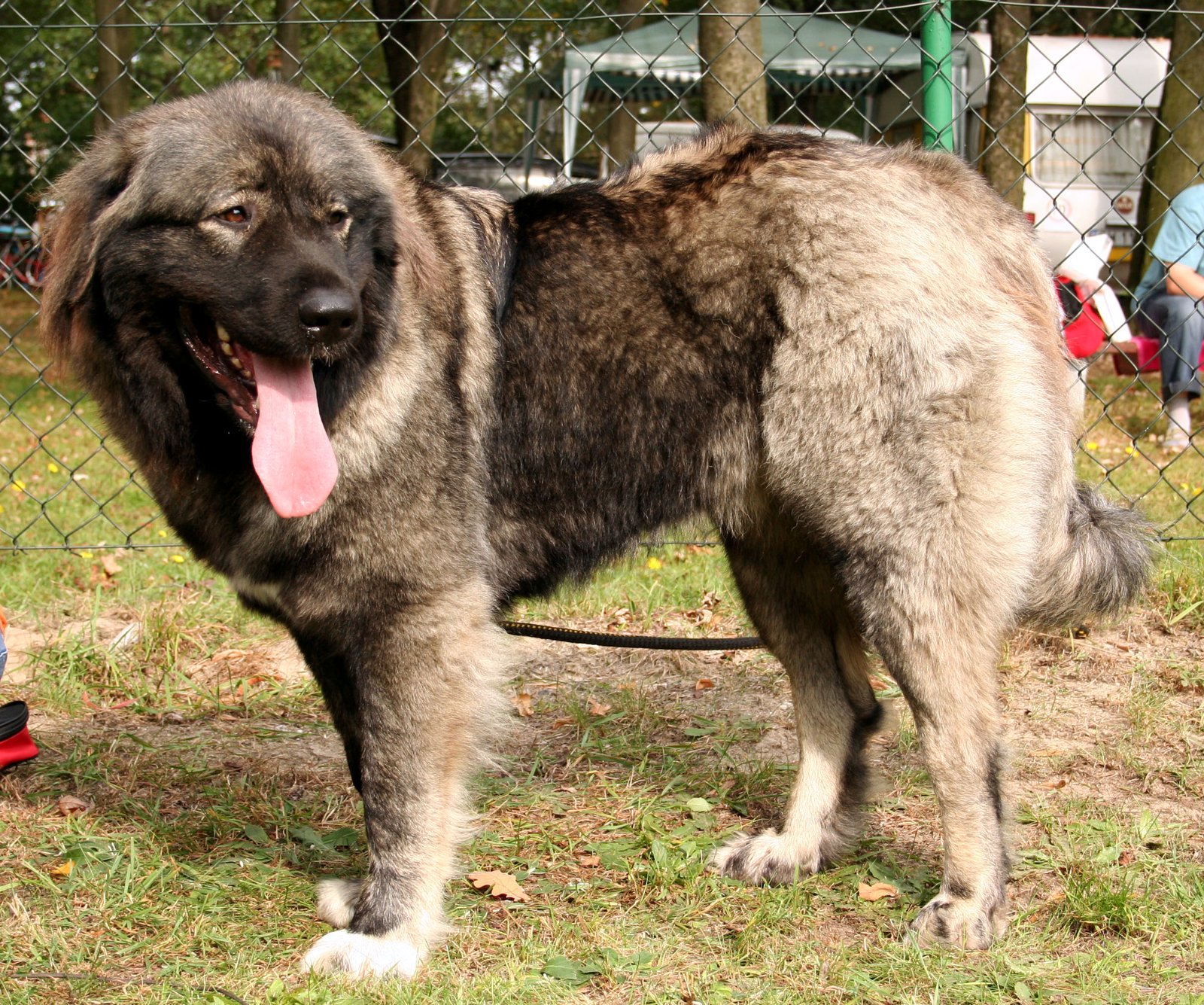
Meanwhile, the Caucasian Shepherd, also known as the Caucasian Ovcharka, is a fearless mountain dog bred to protect livestock from wolves and bears. It’s powerful, protective, and famously fearless. These dogs are basically living, breathing tanks with fur and an attitude problem towards anything that threatens their territory.
His original purpose was to spend look after his flock or cattle in the mountains from wolves, bears, and thieves, as well as to protect his human master… they will defend their family or flock and have been known to take down bears and wolves with ease. When you weigh 170 pounds and have generations of “bear-fighting” in your DNA, confronting wilderness predators becomes less about courage and more about Tuesday afternoon routine.
Plott Hound: North Carolina’s Secret Weapon
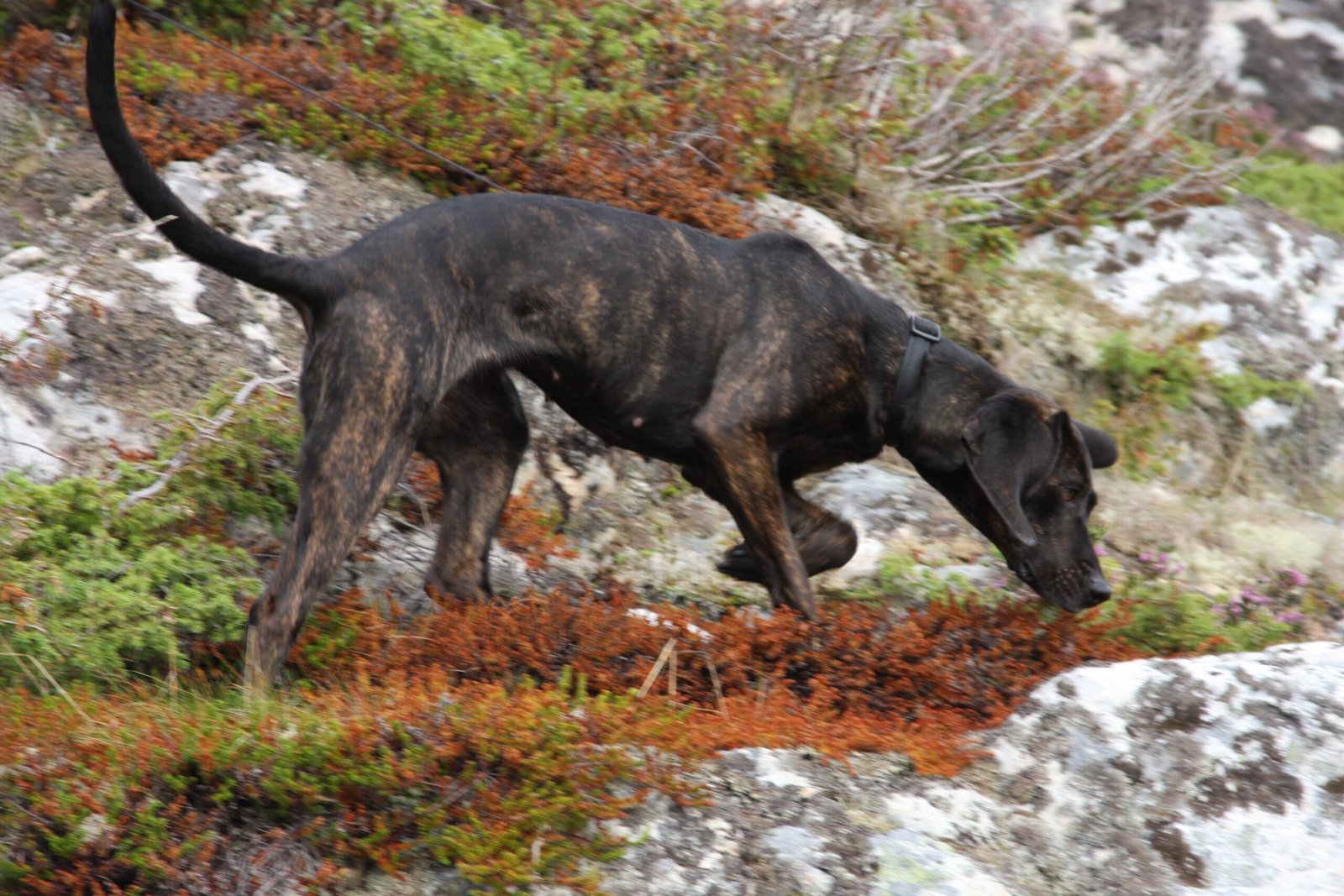
Both are good hunters, people dogs, and pretty much fearless. Plotts hunt bears and boar in Bavaria, Airedales are just real big terriers with a good nose and love to please. Don’t let their hound dog appearance fool you – these dogs were specifically developed to hunt black bears in the Smoky Mountains, and they’ve been perfecting their technique for over 200 years.
Plott Hounds stand out as a distinguished breed within the realm of bear hunting dogs, renowned for their exceptional tracking abilities and unwavering tenacity. What makes them particularly effective against Alaskan bears isn’t just their tracking ability – it’s their complete lack of fear and their ability to work as a coordinated team, surrounding and confusing much larger predators.
Rhodesian Ridgeback: Africa’s Lion Fighter Comes North
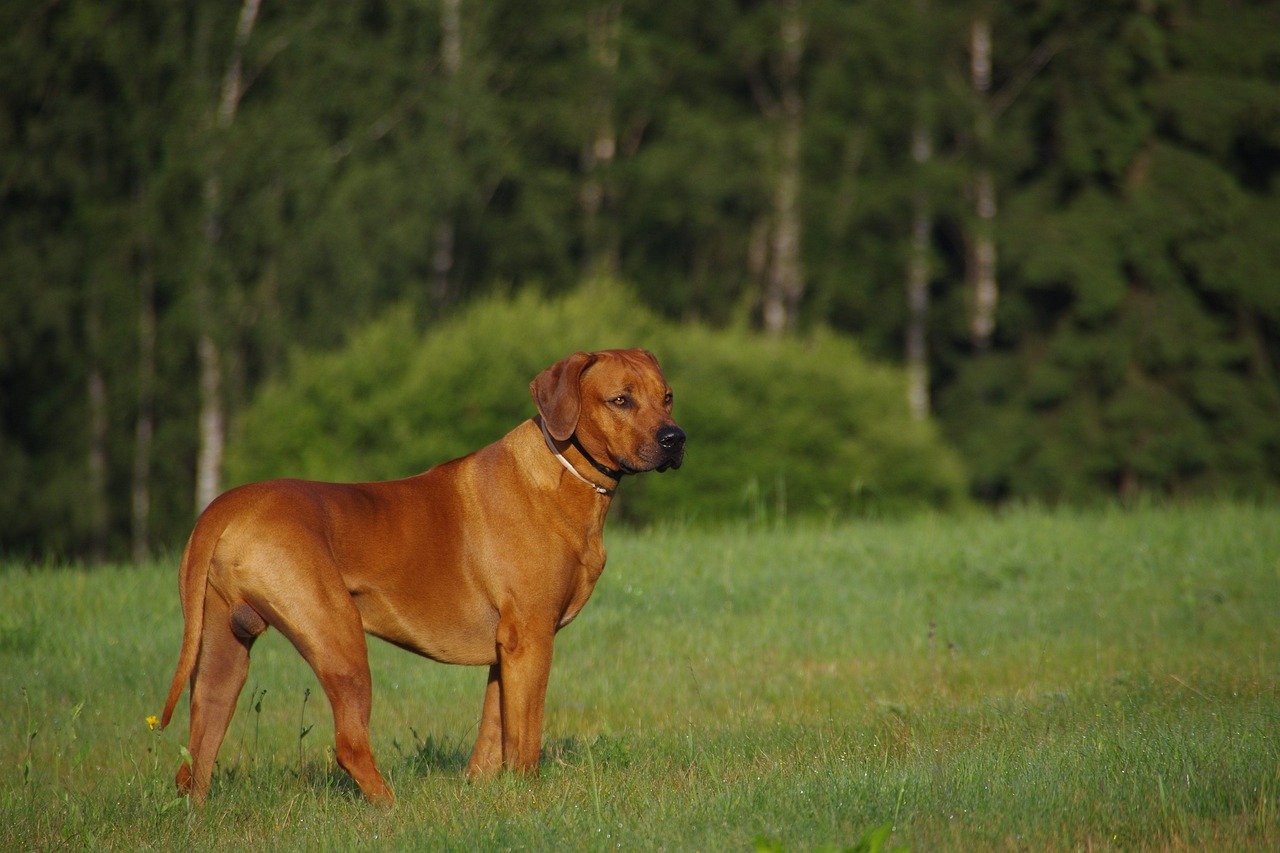
The Rhodesian Ridgeback (also known as the African Lion Hound) hunts large game such as bear, deer, elk, and moose. If a dog breed earned its reputation hunting lions on the African savannah, a few Alaskan bears aren’t going to intimidate them. These dogs possess an almost supernatural calm under pressure – they don’t panic, they don’t flee, they simply assess and act.
Their lean, muscular build allows them to be incredibly agile around much larger opponents, while their ridge of backward-growing hair along their spine serves as both identification and intimidation factor. When a bear sees something that looks like it might be part hyena, part wolf, and completely fearless, second thoughts start creeping in.
German Shepherd: Intelligence Meets Intimidation
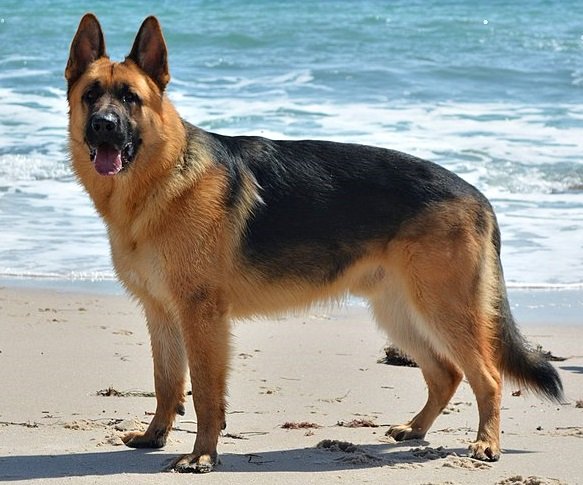
German Shepherds bring something unique to bear country – they’re not just brave, they’re smart enough to outthink their opponents. These dogs can assess a situation, determine the best approach, and execute a plan that maximizes safety for their human while still effectively deterring the threat. Their 75-85 pound frame carries serious muscle, but more importantly, it carries serious brains.
What sets German Shepherds apart in Alaska is their versatility. They can serve as early warning systems with their exceptional hearing, track wounded animals when necessary, and most importantly, they know when to engage and when to simply alert and retreat. They’re like having a tactical advisor with fangs and the courage to back up their decisions.
Rottweiler: The Quiet Professional
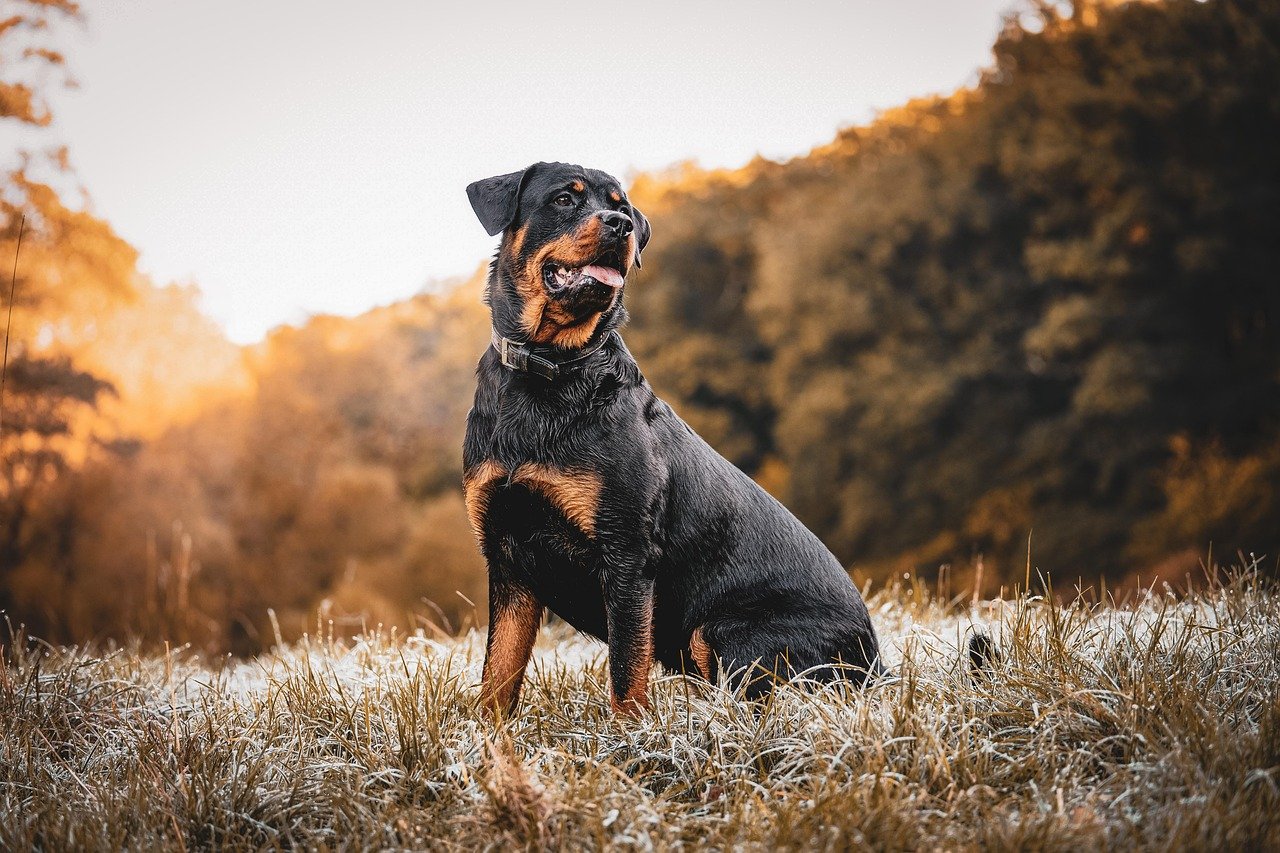
Rottweilers don’t need to bark constantly to command respect – their presence alone is often sufficient to make bears reconsider their life choices. Weighing up to 135 pounds of solid muscle, these dogs move with the confidence of animals that have never lost a confrontation. Their bite force exceeds 300 PSI, but more importantly, they have the intelligence to use that power strategically.
In bear country, Rottweilers excel because they’re naturally protective without being unnecessarily aggressive. They’ll position themselves between their human and potential threats, assess the situation with remarkable calm, and only escalate if absolutely necessary. Bears seem to instinctively recognize this kind of quiet confidence – it’s the difference between facing a barking chihuahua and staring down a professional bouncer.
Kangal: Turkey’s Legendary Livestock Guardian
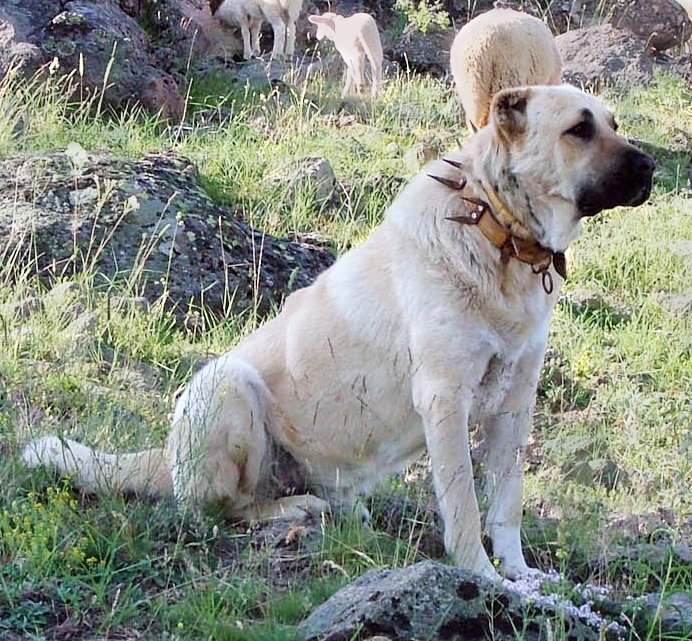
The Kangal might not be a household name, but in its native Sivas, Turkey, it’s been trusted for generations to protect flocks from wolves, jackals, and yes – even bears… Males average over 130 pounds, with the kind of dense muscle that makes them one of the few capable of hunting a black bear or even a grizzly. These dogs possess the strongest bite force of any breed – over 740 PSI – which is more than enough to get any bear’s attention.
What makes Kangals particularly effective isn’t just their size or bite strength – it’s their decision-making process. They don’t attack impulsively; they assess, position, and then act with devastating efficiency. In the Turkish mountains, they’ve been facing down wolves and bears for centuries, developing an almost supernatural ability to read predator behavior and respond accordingly.
Great Pyrenees: The Gentle Giant with Steel Nerves
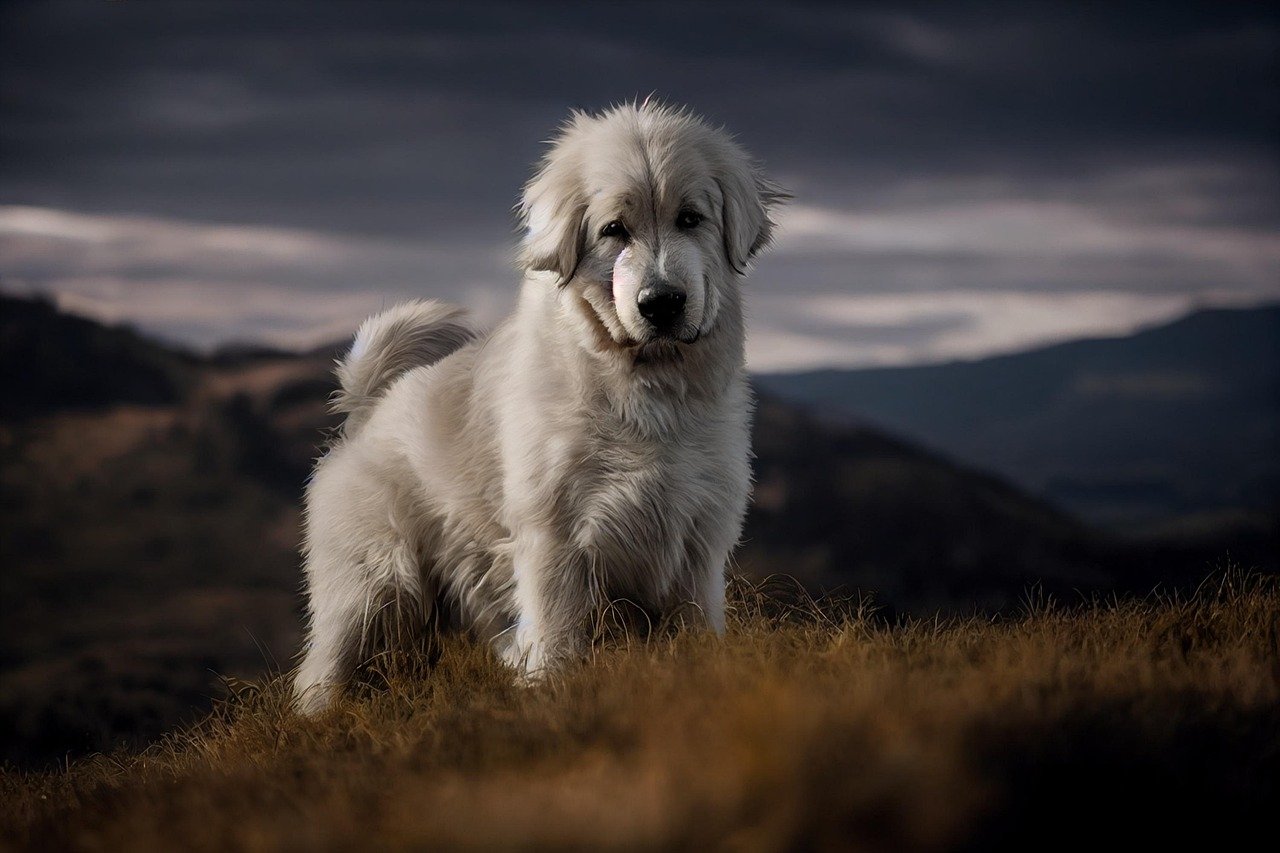
Great Pyrenees were bred to work alone in the mountains, making life-or-death decisions without human guidance. This independence makes them incredibly valuable in bear country because they don’t need constant direction – they see a threat, assess it, and respond appropriately. Weighing up to 160 pounds with a thick double coat that provides natural armor, they’re built like living fortresses.
Their approach to bear deterrence is psychological warfare at its finest. They don’t necessarily seek confrontation, but they make it absolutely clear that they’re prepared for one. Their deep, resonating bark carries for miles in mountain terrain, often convincing bears that whatever they’re interested in is already being guarded by something equally formidable.
Airedale Terrier: The Small Dog with a Big Attitude
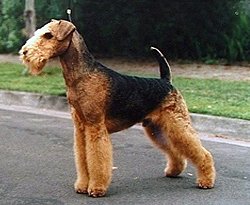
Greg Hertel, the manager of Ishawooa Mesa Ranch located in the storied South-Fork of the Shoshone, Wyoming has been working with Airedale terriers since the 1980s… Now, Hertel uses the versatile black and tan 80-pound breed as a safety-net while hunting in dense grizzly bear country, and to protect the many broiler chickens, small livestock and cattle close to the ranch house. At 60-80 pounds, Airedales prove that bear deterrence isn’t always about size – it’s about attitude and intelligence.
“They know to run off any bears” said Hertel, with Stitch, his two-year-old Airedale terrier sitting calmly by his side… Originally bred as all around hunting and working farm dogs in England, the Airedale terrier continues to be used by landowners in the West as a utility tool of sorts for protecting farmsteads and human safety in areas with dense grizzly populations. These “King of Terriers” combine the fearlessness of their terrier heritage with enough size to be taken seriously.
Jack Russell Terrier: Proof That Size Doesn’t Always Matter
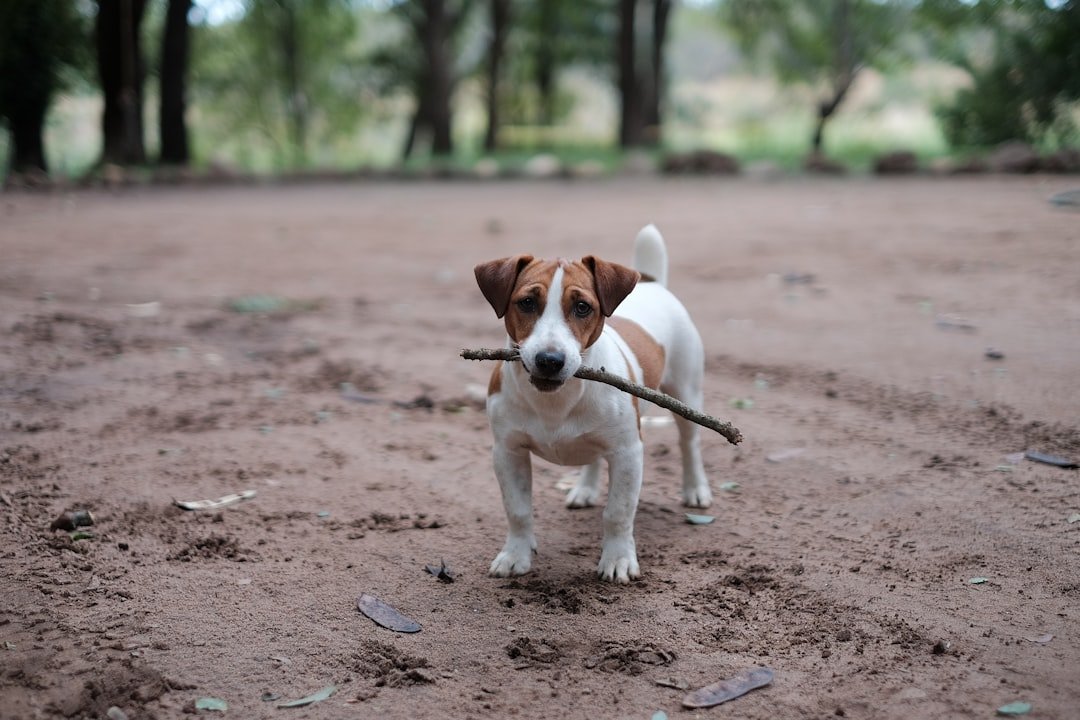
Hunting ability is bred into them; it is their nature. The desire to hunt combined with a high energy level makes training a must for the Jack Russell. At only 13-17 pounds, suggesting a Jack Russell for bear protection sounds insane – until you understand what these dogs were bred to do. Leaving aside Reverend Russell’s criteria, a ‘Jack’ should be a small terrier, economical to feed, hardy, clever, friendly to people and the sworn enemy of cats, rats and other small furry things.
As is the case with many small dogs, the Jack Russell is seemingly fearless and will seldom back down if challenged by another dog. They don’t seem to realize their size and may get snappy with even much larger dogs. Their value in bear country isn’t direct confrontation – it’s early warning and distraction. A Jack Russell’s piercing bark and absolute refusal to be intimidated can buy precious seconds for humans to react, and their small size makes them nearly impossible for bears to catch if they need to retreat.
Cairn Terrier: The Scottish Scrapper
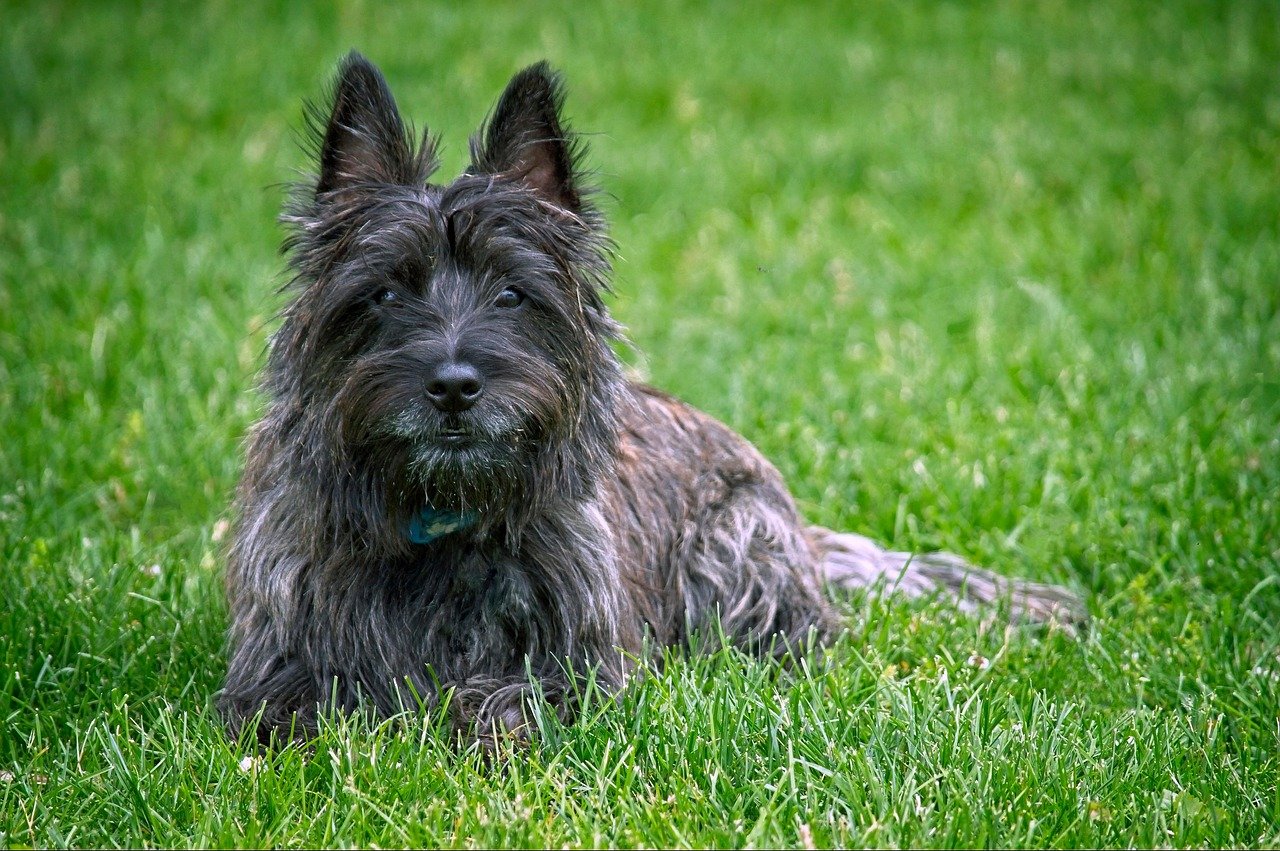
Cairn Terriers were originally bred to hunt foxes and badgers in the Scottish Highlands, work that required incredible courage in tight spaces against dangerous opponents. Weighing only 13-18 pounds, they seem like an unlikely choice for bear country, but their fearlessness and loud bark make them surprisingly effective early warning systems. These dogs literally do not understand the concept of backing down.
What makes Cairns valuable in Alaska isn’t their ability to physically confront bears – it’s their complete inability to be quiet about threats. They’ll wake up the entire camp with their alarm calls, and their small size allows them to escape into spaces where larger predators can’t follow. Think of them as living, barking smoke alarms that happen to have enough attitude to make even large predators think twice.
Border Collie: The Tactical Genius
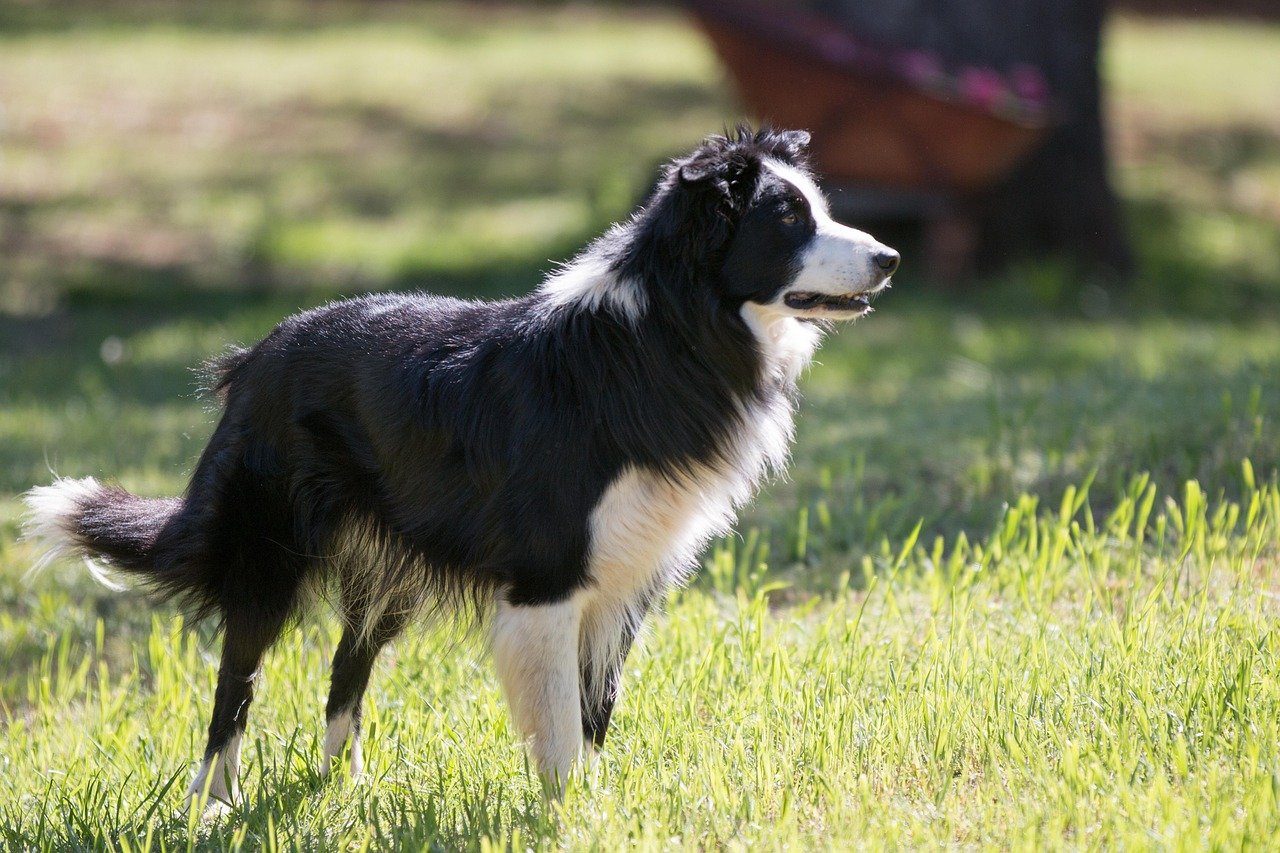
Border Collies bring something unique to bear deterrence – they’re smart enough to understand that direct confrontation isn’t always the answer. These dogs excel at using their herding instincts to manipulate bear behavior, essentially “herding” them away from protected areas without necessarily engaging in physical confrontation. At 30-45 pounds, they’re not small, but they’re not traditionally considered “big” either.
Their value lies in their ability to read situations and respond with almost human-like intelligence. They can assess whether a bear is simply passing through or actually threatening, and adjust their response accordingly. Border Collies in Alaska often work in pairs, using coordinated tactics to confuse and redirect bear attention while keeping themselves relatively safe.
Russell Terrier: The Pocket-Sized Warrior
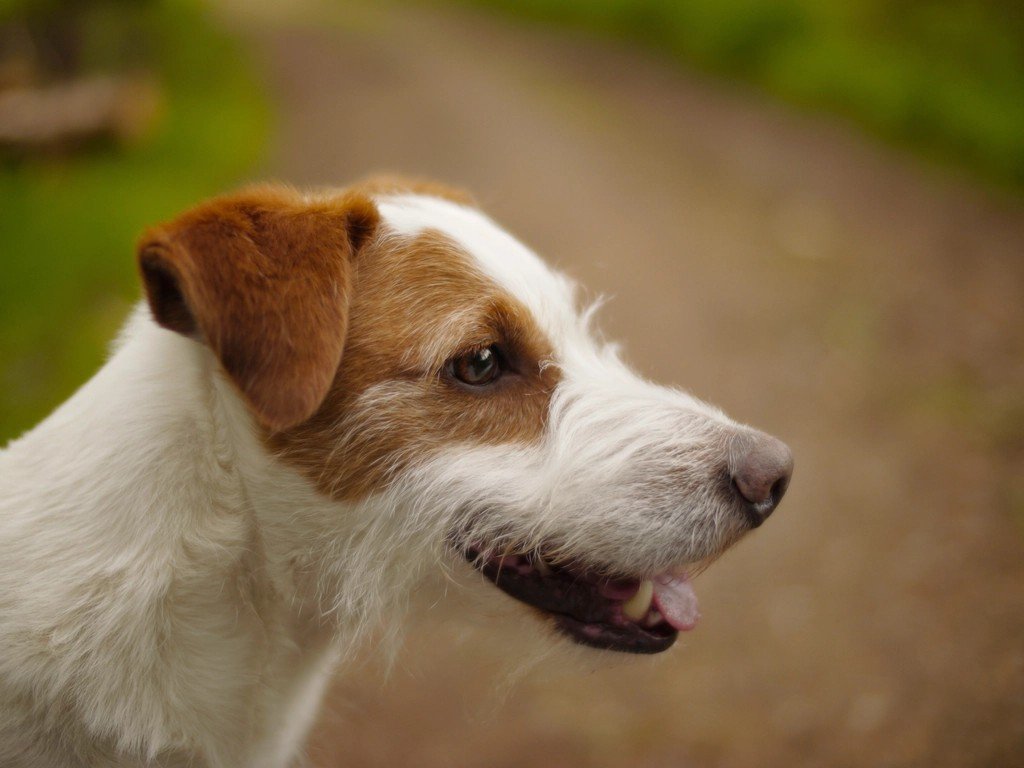
Upbeat, lively, inquisitive, and friendly, the jaunty Russell Terrier was developed by England’s “Sporting Parson” for use in foxhunts. The adorable Russell Terrier looks like a plush toy come to life but is an eager, tireless working terrier. Weighing only 11-13 pounds, Russell Terriers might seem like bear appetizers rather than bear deterrents, but their effectiveness lies in their persistence and intelligence.
These dogs were bred to go underground and face down foxes in their own dens – work that required incredible courage and determination. In bear country, they serve as mobile alarm systems that are virtually impossible to silence or catch. Their high-pitched bark carries surprisingly far in mountain terrain, and their refusal to be intimidated often confuses bears who expect smaller animals to flee immediately.
The Psychology of Bear Deterrence: Why It Actually Works
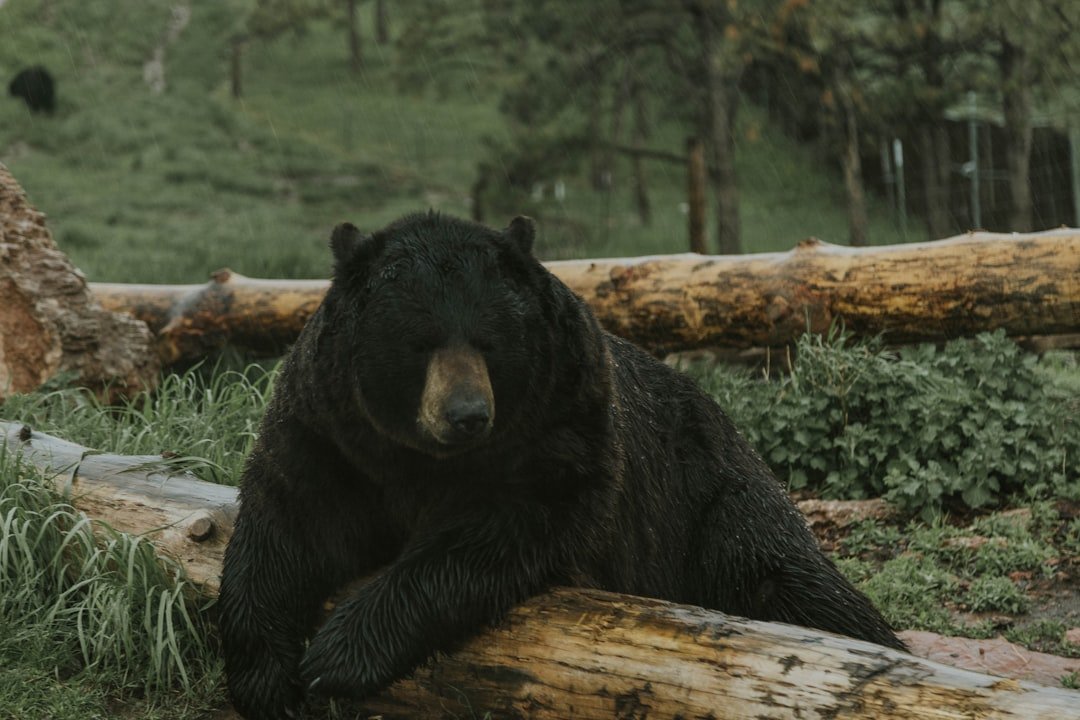
The effectiveness of dogs against bears isn’t just about physical capability – it’s largely psychological. Bears are naturally cautious animals who prefer easy meals and clear escape routes. When confronted by dogs, especially multiple dogs or dogs that refuse to behave “normally” (by running away), bears often decide the situation is too unpredictable to be worth the risk.
Since 1996, we have tested and placed 18 litters of KBDs with great success; conducting over 800 bear actions per year without injury to bear, dog, or person. The key is understanding that dog breeds work differently in bear country – some provide early warning, others offer direct deterrence, and the most effective approach often involves dogs working as a team with clearly defined roles and human oversight.
Conclusion
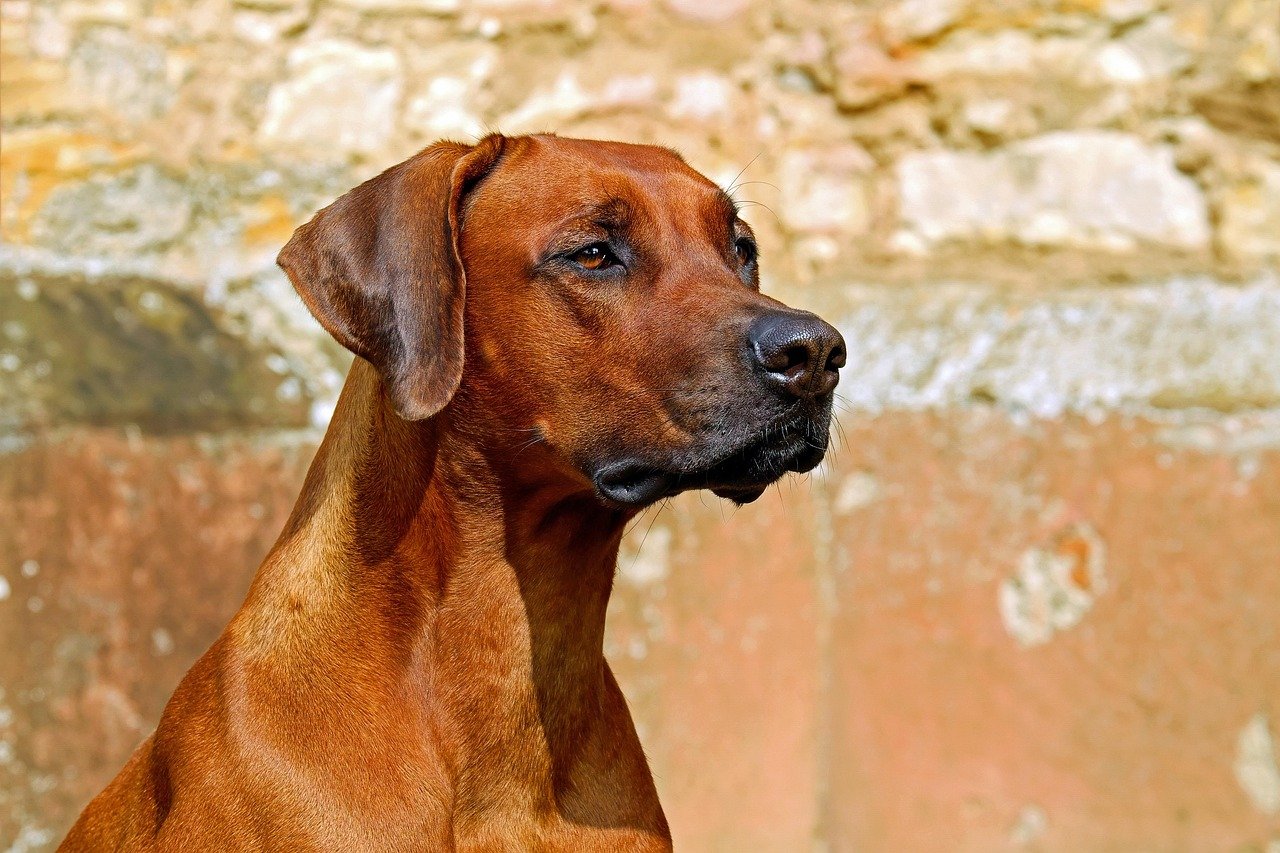
From 150-pound Tibetan Mastiffs to 13-pound Jack Russell Terriers, the world of bear-deterrent dogs is far more complex and interesting than most people realize. The biggest lesson here might be that courage and effectiveness don’t always correlate with size. And he said the dogs are as friendly to people as they are ferocious to bears, which can be a morale boost for tired firefighters… And he says the dogs provide some peace of mind for folks who are trying to get a good night’s rest.
Whether you choose a massive Caucasian Shepherd or a tiny but fearless Russell Terrier, success in bear country comes down to proper training, understanding your dog’s capabilities and limitations, and never forgetting that the best bear encounter is the one that never happens. These dogs don’t eliminate risk – they manage it, giving you precious time and options when wild Alaska decides to remind you who really runs the show.
What surprised you most about these unlikely bear-deterrent champions?

Andrew Alpin from India is the Brand Manager of Doggo digest. Andrew is an experienced content specialist and social media manager with a passion for writing. His forte includes health and wellness, Travel, Animals, and Nature. A nature nomad, Andrew is obsessed with mountains and loves high-altitude trekking. He has been on several Himalayan treks in India including the Everest Base Camp in Nepal.






